Feeling a bit stressed out? Wish you could relax and quiet your busy mind?
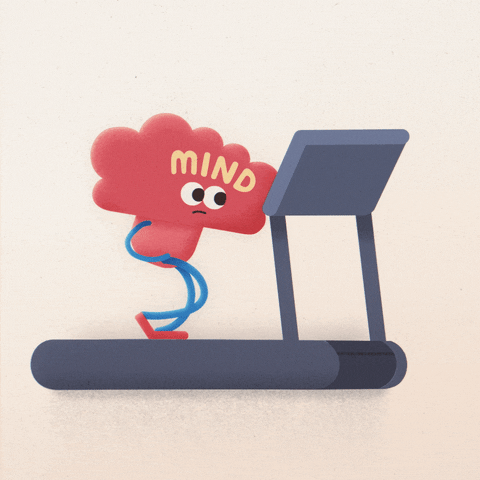
Studies show that simple breathing techniques can be effective in helping you relieve stress, clear your mind, reduce anxiety, and increase your energy.
Pranayama is a yogic practice that focuses entirely on the breath. In Sanskrit, prana means "life force" and yama means "to gain control." So, the goal of pranayama is to control your breath, your life force.

Start off your practice by learning just 4 types of pranayama. You'll have simple yet powerful tools available when you need some gentle support for your busy mind.
1. Ujjayi Pranayama (Ocean Breathing)
What Is It?
If you've ever taken a yoga class, this may be the pranayama that you're most familiar with. It can be recognized by its sound, which, as its name suggests, resembles gentle ocean waves rising and falling.
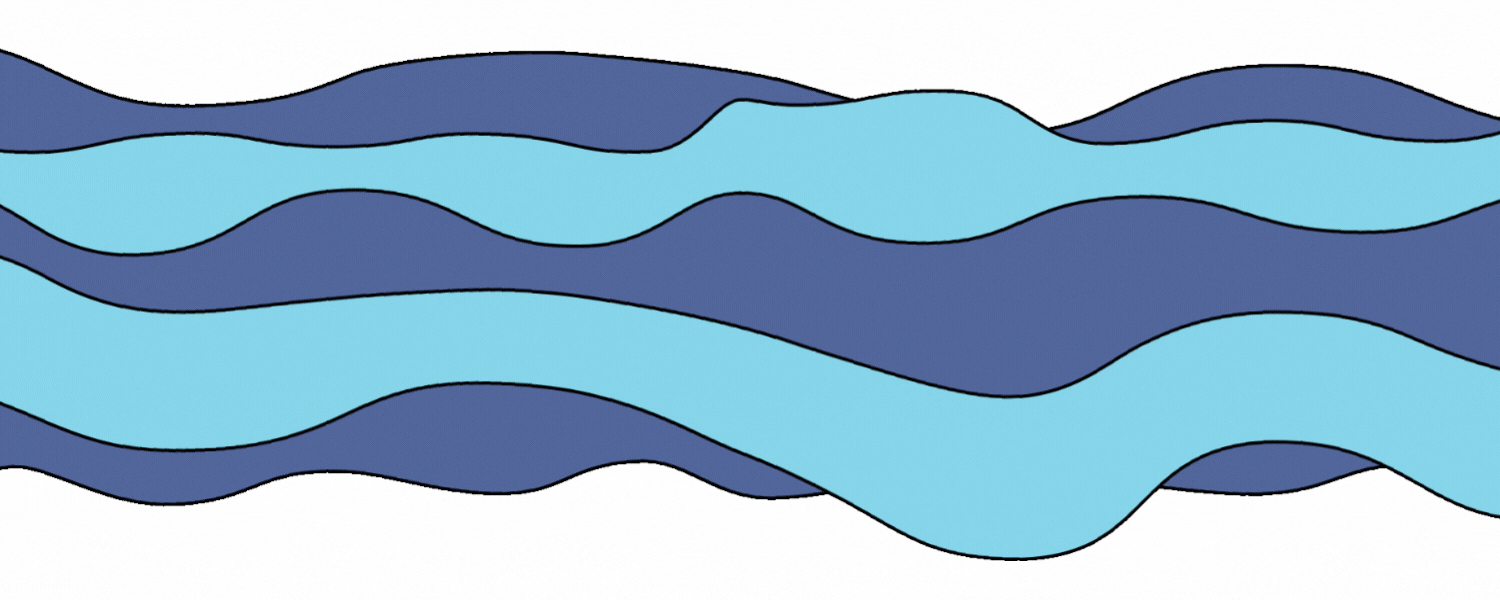
How Do I Do It?
Sit comfortably, upright, and with the spine straight.
Take a full breath in through your nose.
Constrict the back of your throat slightly, as if you're about to whisper a secret, then exhale slowly. You'll know you've done it right if the exhale sounds like a gentle wave or the inside of a seashell. 🐚
Repeat 15-20 times, focusing on the sound of your breath.
When Should I Use It?
Ujjayi pranayama is great for any time you want to calm down and focus your mind.
2. Dirga Pranayama (Three-Part Breath)
What Is It?
Dirga pranayama is one of the simplest types of breathwork, which makes it great for beginners. It can be done sitting upright or lying down. It's called the three-part breath because you'll breathe into your belly, your ribs, and finally the heart area.
How Do I Do It?
Sit upright with a long spine, or lie on your back.
Place one hand on the belly and the other over your heart.
Begin inhaling from the belly area. Feel the hand on your belly rise as you inhale.
Continue inhaling, moving the breath up into the lower ribs. Feel this area expand.
Continue inhaling into the heart area. Feel the hand here rise as you inhale.
Exhale following the same pattern: belly, ribs, heart, feeling each of these areas fall.
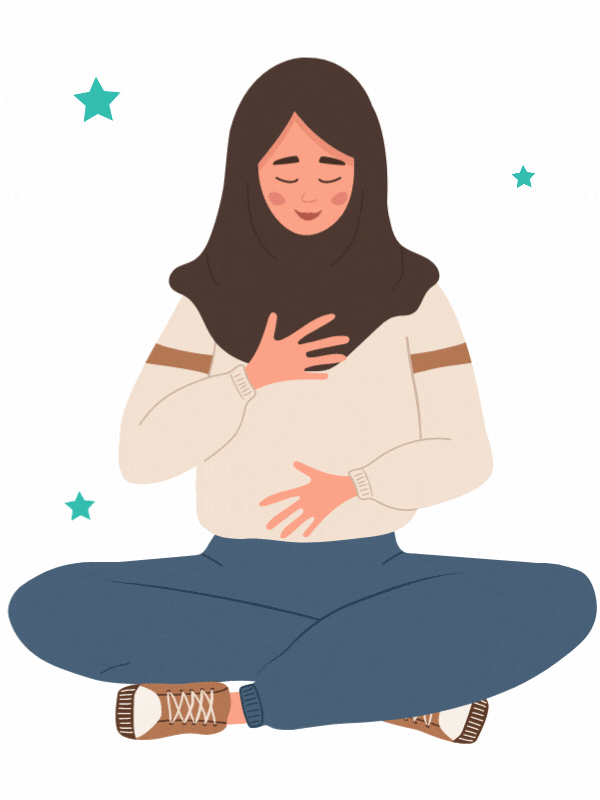
When Should I Use It?
Dirga pranayama is helpful for relieving the stress and tension of daily life. Use it when you want to relax and slow your mind down to focus on the present moment.
3. Nadi Shodhana (Alternate Nostril Breathing)
What Is It?
Nadi shodhana is one of pranayama exercises, that requires a bit more focus because you'll be keeping track of which nostril is doing the inhaling and/or exhaling. However, it's still easy for beginners to learn. It can be done seated or lying down.
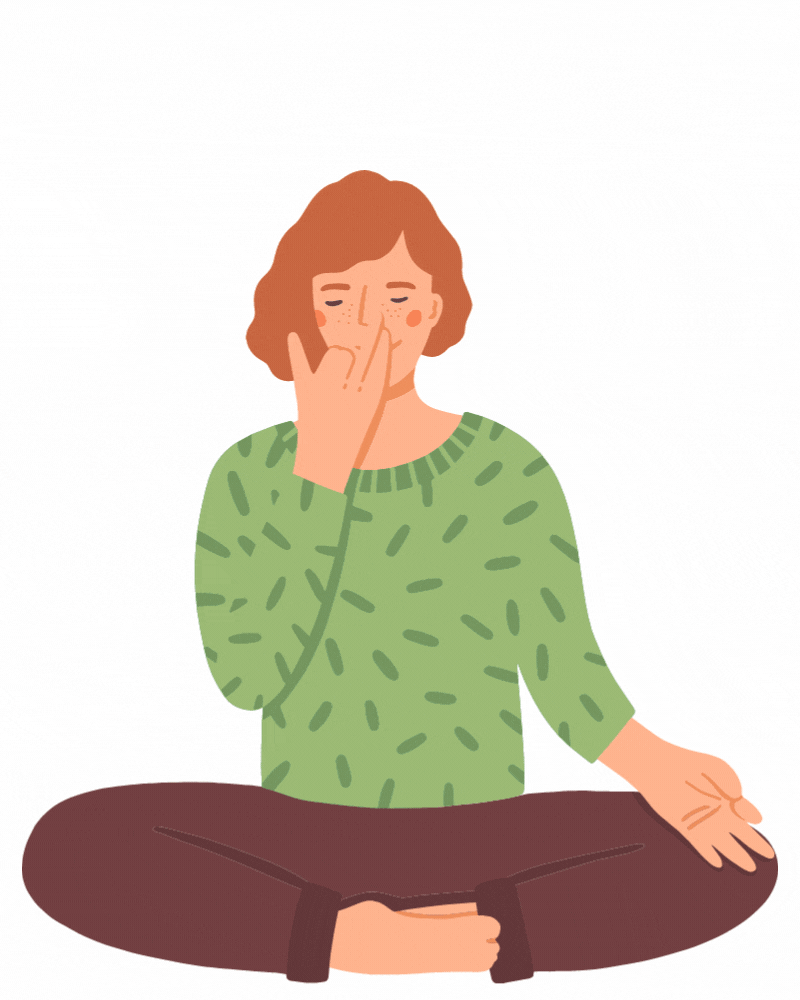
How Do I Do It?
Take a breath and empty the air from your lungs.
With the right thumb, plug the right nostril, then inhale through the left nostril.
At the top of the inhale, release the right nostril, plug the left nostril with the right ring finger, then exhale through the right nostril.
Inhale through the right nostril.
At the top of the inhale, release the ring finger from the left nostril, plug the right nostril with the right ring finger, then exhale through the right nostril.
Repeat from step #2.
When Should I Use It?
Nadi Shodhana is said to balance and relax both sides of the brain. It's a great breathwork to use to reduce anxiety or to prepare for restful and easy sleep. 💤
4. Kapalabhati Pranayama (Skull Shining Breath)
What Is It?
Kapalabhati pranayama is another popular type of pranayama exercises. It is energizing breathwork that consists of a forceful exhale and a passive inhale. It's best to start slow with this one, and build up speed as you get more comfortable with this pranayama over time.
How Do I Do It?
Sit upright with a straight spine.
Inhale, then exhale fully through the nostrils.
Inhale through the nostrils to about half of your capacity.
Exhale sharply through the nose as you pull your navel toward your spine.
Continue short, sharp active exhalations. The exhale happens passively. Allow the belly to release on the exhale.
Repeat while counting your exhalations, stopping after you've done 30.
Rest and take some deep breaths for about a minute. You can do more sets as needed.
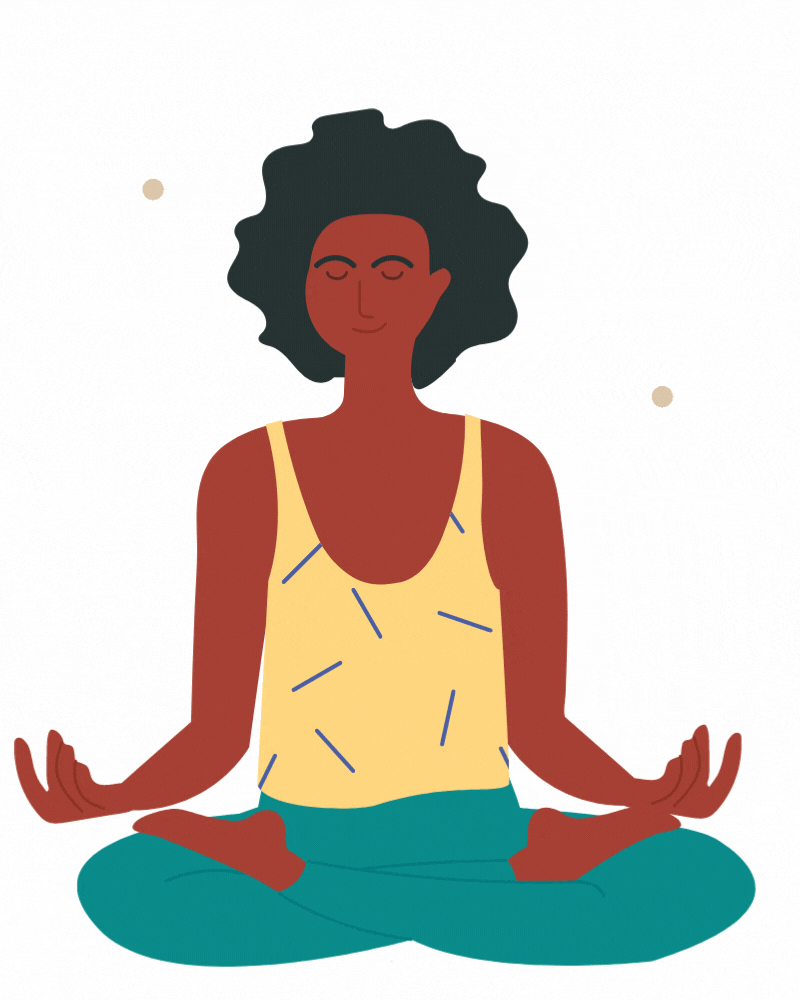
When Should I Use It?
Kapalabhati pranayama is great for when you're feeling tired or sluggish from a long study or work session, or if you need some energy in the morning after waking up.
Check Your Pranayama Exercises Knowledge ⚡️
Erik is in class, feeling stressed out before a big test.
The class is full of students and the teacher is about to hand out the test.

Quiz
Which calming pranayama can Erik do in class without attracting attention?
Take Action
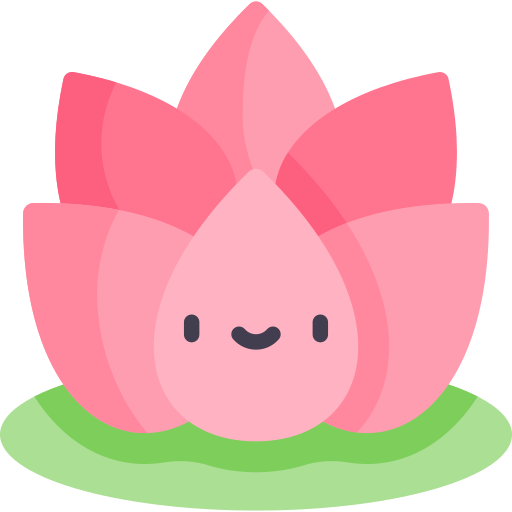
Your feedback matters to us.
This Byte helped me better understand the topic.
